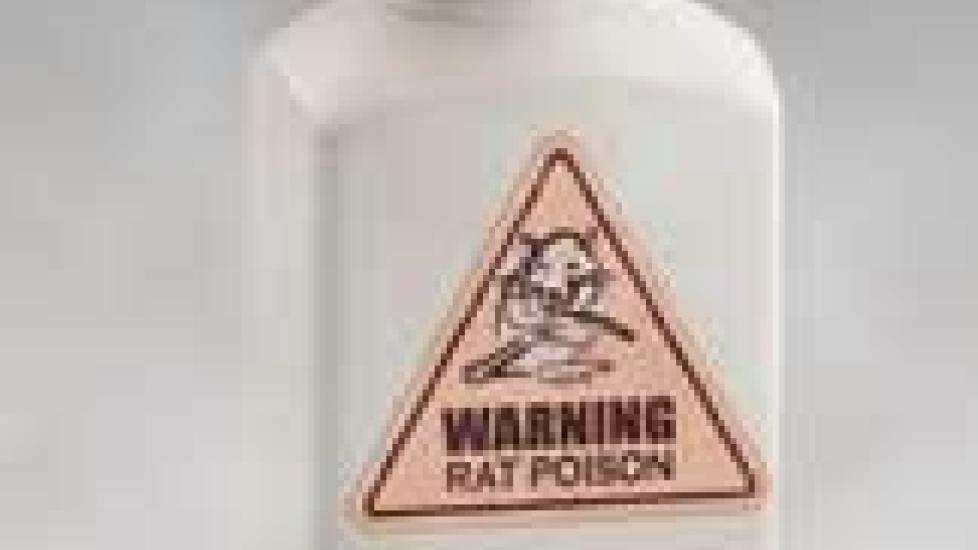Risks from Rodenticides are Changing: Part 1
I talked a couple of weeks back about how the addition of a bittering agent to all ethylene-glycol based antifreeze sold in the United States would hopefully help prevent pet poisonings. The Environmental Protection Agency (EPA) recently announced some changes to the rodenticide market that may (or may not) have a similar effect.
The rodenticides that veterinarians, myself included, have the most experience dealing with are anticoagulants. For example, short-acting warfarin or long-acting brodifacoum. After all, these baits are made to be appetizing to mice and rats, and dogs are not exactly known for their discriminating palates. Cats can also be affected, but I suspect more are exposed by eating poisoned mice than by eating the baits directly.
Anti-coagulant rodenticide poisonings can be very satisfying to treat. The classic symptoms are unexplained bleeding or bruising combined with lethargy and a poor appetite. When an otherwise healthy patient presents with these signs, rodenticide poisoning immediately comes to mind. The diagnosis is relatively straightforward, involving tests of the ability of the pet’s blood to form clots. These poisons act by inhibiting the regeneration of vitamin K in the body. Vitamin K is needed to make several factors that are essential to the clotting process, so without enough vitamin K blood clots cannot form, resulting in abnormal bleeding or bruising.
Obviously, bleeding can be a potentially serious problem, but since vitamin K reserves are gradually depleted, symptoms tend to develop over several days. If the pet is brought in for an examination early in the course of the disease, giving it vitamin K supplements until the poison is cleared from the body should be curative. Even better, when a dog is known to have been exposed, decontamination (e.g., inducing vomiting and administering activated charcoal) within a few hours of ingestion and vitamin K supplements can stop pets from ever developing symptoms. More advanced cases may require blood transfusions and other aggressive forms of treatment.
The EPA has spent the last few years trying to reduce the risk that rodenticides pose to pets, wildlife, and people (especially children). According to a January 30, 2013 press release regarding a ban on certain products:
The EPA requires rodenticide products for consumer use to be contained in protective tamper-resistant bait stations and prohibits pellets and other bait forms that cannot be secured in bait stations. In addition, the EPA prohibits the sale to residential consumers of products containing brodifacoum, bromadiolone, difethialone, and difenacoum because of their toxicity to wildlife.
The move away from brodifacoum and the mandate for tamper-resistant bait stations hopefully means that fewer pets will be poisoned, but it may also have the unintended consequence of exposing dogs and cats to an alternative rodenticide that is more difficult to diagnose and treat.
More on this tomorrow.

Dr. Jennifer Coates
Image: Composite; discpicture and NuDesign.co / via Shutterstock
